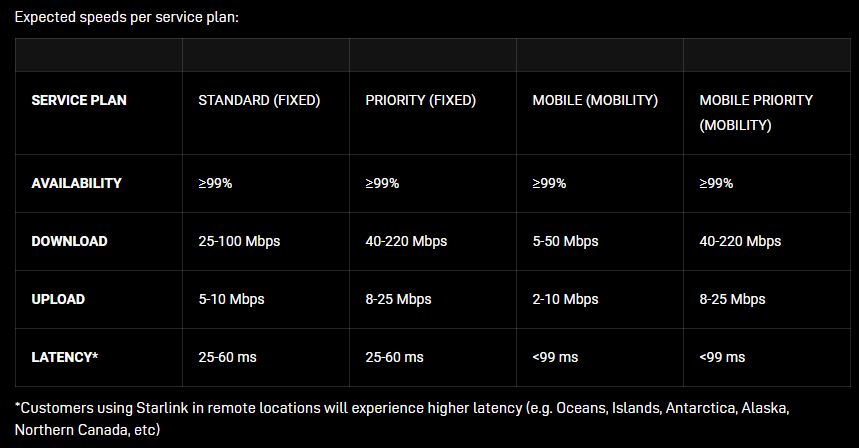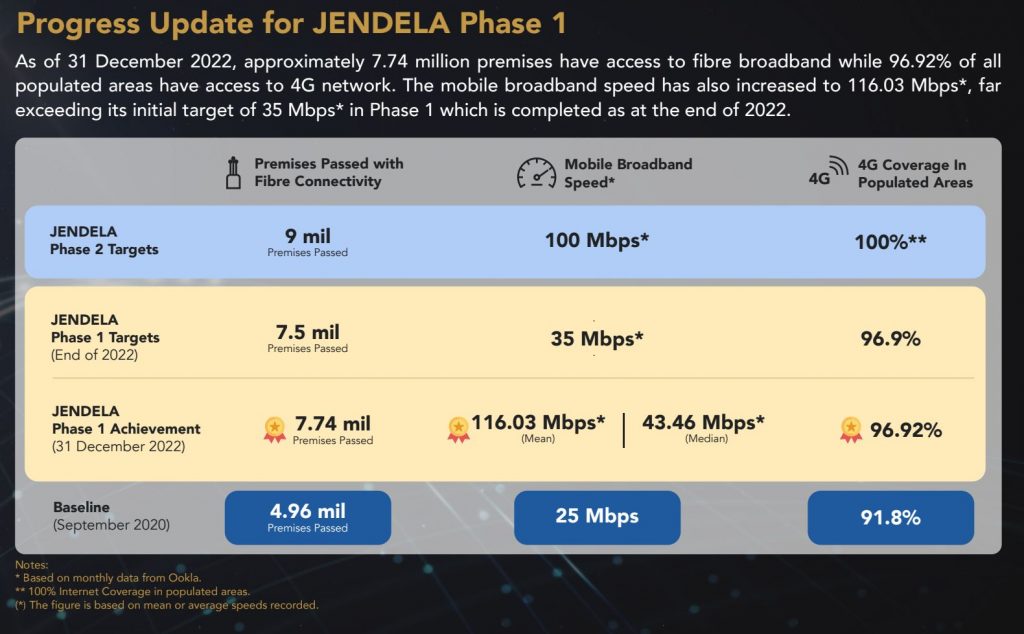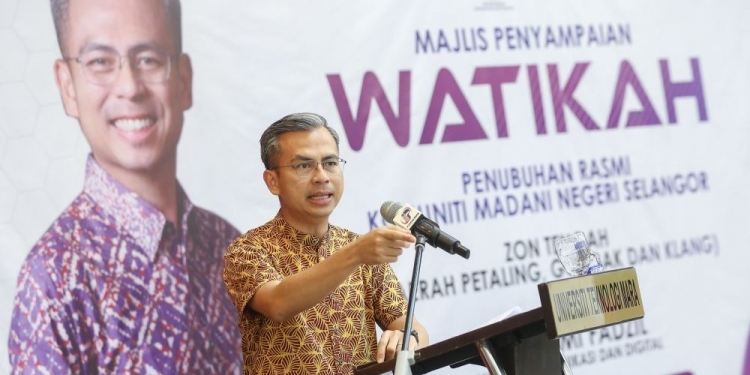As announced last week, the Malaysian government has placed orders for 40 units of Elon Musk’s Starlink satellite broadband kits and the MCMC has also given the green light for them to commence satellite broadband services in Malaysia. Communications and Digital Minister Fahmi Fadzil announced yesterday that 10 Starlink kits will be delivered to University Teknologi Mara (UiTM) to solve their internet problems.
As reported by Bernama, Fahmi said, “When the Prime Minister (Datuk Seri Anwar Ibrahim) mentioned solving the Internet problem using Starlink, I believe that for UiTM, there are a few campuses that can benefit from it, especially at the campus in Kuala Pilah, Perak, Tawau and Sarawak.”
He added that the government hopes to receive at least 10 Starlink units this week and he will discuss with the Prime Minister’s Office for the hand-over process.

Starlink offers speeds of up to 220Mbps but it isn’t cheap
To recap, Starlink is a satellite broadband service under SpaceX which uses a constellation of Low Earth Orbit (LEO) satellites. Unlike geostationary satellites which have an average ping of 500ms due to their further distance from Earth, Starlink can provide lower latency (ping) that’s closer to 4G networks.

According to Starlink, its standard fixed satellite broadband solution offer download speeds between 25-100Mbps and the latency is between 25-60ms. With a priority service plan, the expected speed is about 40-220Mbps.
Satellite broadband service is often deployed in areas where it isn’t feasible to deploy 4G or fibre broadband access. In terms of quality and bandwidth, it isn’t as reliable as fixed fibre broadband, and Starlink also has its own Fair Usage Policy (FUP). That’s one of the reasons why satellite broadband is more expensive and it can’t offer the same level of unlimited bandwidth performance.
Despite getting the necessary Network Facility and Service Provider (NFP/NSP) licence, Starlink’s website still says that its service is coming to Malaysia in Q2 2023 and there are no pricing details yet. As a reference, Starlink in the Philippines cost PHP2,700 (about RM226) per month and the Starlink dish and WiFi router cost PHP19,999 (about RM1,675).
[ UPDATE 25/07/2023 11:50 ] Starlink is now official in Malaysia priced at RM220/month for about 100Mbps.
Why satellite when there’s already fibre broadband?

As mentioned by Fahmi, several UiTM campuses will benefit from Starlink which include Kuala Pilah in Negeri Sembilan, Seri Iskandar in Perak, Tawau in Sabah and Samarahan in Sarawak. The thing is, all of these campuses are within fibre broadband coverage as verified by Unifi’s Fibre coverage checker.



It doesn’t make sense to deploy satellite broadband at a location which already has access to a high-speed fibre broadband network. If there’s an internet issue, the management of the university and the fibre broadband provider should look into their on-site infrastructure. Do they have sufficient bandwidth and do they have industrial-grade wireless infrastructure to support the increasing data demand of their students?
For example, UTAR has upgraded their campus network infrastructure during the pandemic with WiFi 6 network solutions while increasing their internet bandwidth capacity from 1Gbps to 10Gbps. Installing Starlink isn’t a miracle internet cure if the infrastructure on the campus is the bottleneck.
What about billions of ringgit allocated to improve connectivity in rural areas?

Malaysia has embarked on several multi-billion ringgit projects to improve connectivity in rural and remote areas including JENDELA and Point of Presence (PoP). As reported by the MCMC, the recently concluded JENDELA Phase 1 has increased fibre passed premises from 4.96 million in Q3 2020 to 7.74 million in Q4 2022 which is a remarkable improvement to allow more Malaysians to enjoy high-speed broadband.
In addition, TM has also completed its PoP project phase 1 which brings fibre closer to users especially schools and people in rural and remote areas, so they won’t need to rely on mobile internet. Out of 4,370 PoPs planned under the 12th Malaysia Plan, 4,323 were installed near rural schools and 47 near industrial areas. Under Phase 2 of PoP, TM has been awarded 174 sites in the central region. According to the Ministry of Communications and Digital, a total of RM3.9 billion has been allocated for PoP Phase 2.

Let’s also not forget our local satellite players such as MEASAT’s ConnectMe which has been actively going to rural areas to enable connectivity for unserved rural communities that are not even covered by basic 4G coverage. ConnectMe has enabled satellite internet access at 4,000 locations including areas without basic road and electricity infrastructure such as in interior areas of Sabah and Sarawak, as well as Orang Asli settlements in Peninsular Malaysia. Besides providing basic WiFi connectivity with solar-powered installations, they are also helping to enable digitalisation through various initiatives in partnership with Parcel365.
[ SOURCE ]








